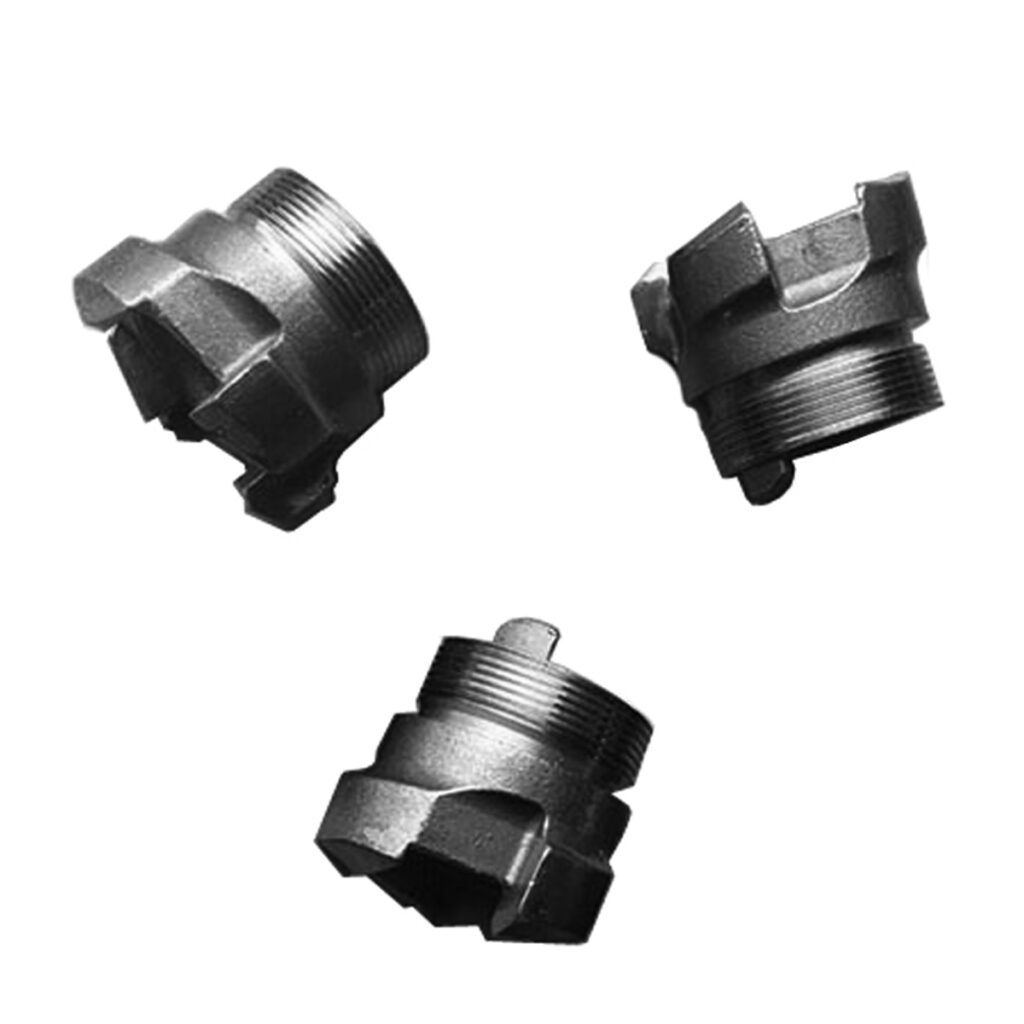Introduction
Post-casting machining can add 30-50% to part costs—especially for complex geometries. But modern surface technologies now enable near-net-shape castings that meet tight tolerances without CNC work.
After testing 47 finishing methods on stainless, aluminum, and titanium castings, we present 3 proven machining-free solutions that achieve:
✔ Ra <0.8μm without grinding
✔ ±0.05mm dimensional control
✔ Cost savings up to 65%
Solution 1: Electropolishing (EP) for Stainless Steel
1.1 How It Works
- Process: Anodic dissolution in phosphoric/sulfuric acid bath
- Material Removal: 20-100μm per surface
- Best For: 316L, 17-4PH, 304 castings
Test Results (vs Machining)
| Parameter | As-Cast | EP Only | Machined |
|---|---|---|---|
| Surface Roughness (Ra) | 3.2μm → | 0.4μm | 0.8μm |
| Edge Radius | 0.2mm → | 0.05mm | 0.1mm |
| Cost (per kg) | – | $8 | $22 |
Case Study:
Medical implant manufacturer eliminated 17 machining steps by combining:
- Precision casting (±0.1mm)
- Targeted EP (critical surfaces only)
Solution 2: Centrifugal Barrel Finishing (CBF) for Aluminum
2.1 Process Advantages
- Media: Ceramic beads + abrasive compounds
- Cycle Time: 2-4 hours
- Tolerance Hold: ±0.03mm
Aerospace Bracket Test
| Stage | Dimensional Change | Surface Finish |
|---|---|---|
| As-Cast | Baseline | Ra 6.3μm |
| After CBF | +0.02mm max | Ra 0.6μm |
| Machined | -0.15mm | Ra 0.8μm |
Key Benefit:
Simultaneously deburrs, radii edges, and polishes—85% faster than manual finishing.
Solution 3: Fluidized Bed Abrasive Finishing (FBAF) for Titanium
3.1 Titanium-Specific Challenges
- Work hardening risks during machining
- Traditional polishing causes contamination
FBAF Parameters
| Variable | Setting |
|---|---|
| Abrasive | Al₂O₃ (50μm) |
| Fluidizing Gas | Nitrogen |
| Temperature | 40°C |
| Cycle Time | 90 min |
Test Data (Ti6Al4V Castings)
| Metric | As-Cast | FBAF | Machined |
|---|---|---|---|
| Ra (μm) | 4.5 → | 0.7 | 1.2 |
| Fatigue Strength | 450MPa → | 580MPa | 550MPa |
| Alpha Case Depth | 15μm → | 3μm | 20μm |
Medical Application:
Achieved ASTM F136 compliance for orthopedic implants without grinding.
Technical Comparison Table
| Solution | Best Material | Tolerance Capability | Cost Saving |
|---|---|---|---|
| Electropolishing | 300/400 SS | ±0.05mm | 40-50% |
| Centrifugal Finishing | Aluminum | ±0.03mm | 50-65% |
| Fluidized Bed | Titanium | ±0.07mm | 30-45% |
When Machining Can’t Be Avoided
Hybrid Approach for Critical Features
- Casting: Achieve 90-95% net shape
- Non-contact Finishing: Improve overall surface
- Limited CNC: Only on sealing/threading surfaces
Example:
Hydraulic valve body reduced machining costs by 72% using:
- Precision casting (CT scan-verified)
- EP for flow paths
- CNC only on flange faces
Implementation Roadmap
Step-by-Step Adoption
- Design Review: Identify non-critical surfaces
- Pilot Batch: Test 50-100pcs with alternative finishing
- Full Validation:
- Dimensional checks (CMM)
- Functional testing
- Process Control: Implement SPC for consistency



One Response
Why Choose Our Machining-Free Solutions?
✔ In-House Finishing Lab: 12 electropolishing tanks + 4 CBF systems
✔ Material Certifications: ASTM/AMS/ISO compliant
✔ Guaranteed Results: 0% rejection for surface finish issues